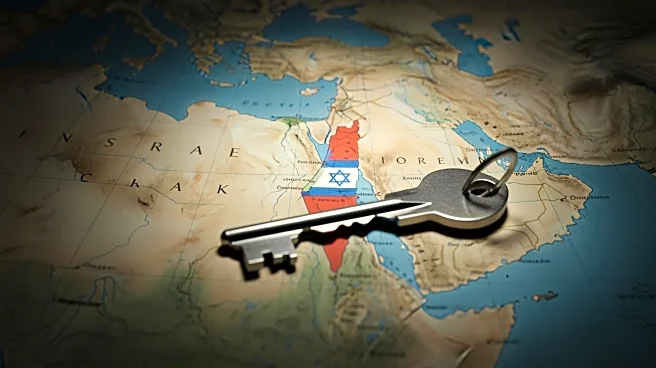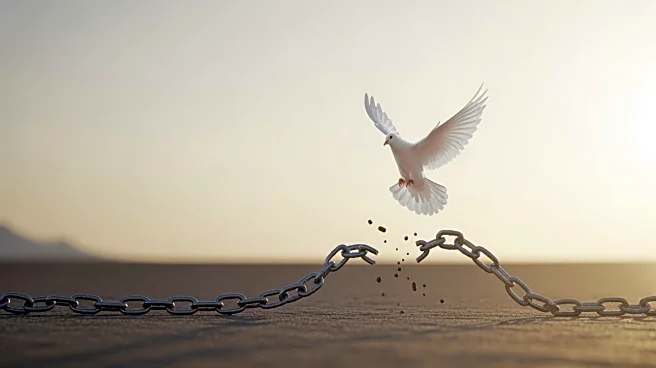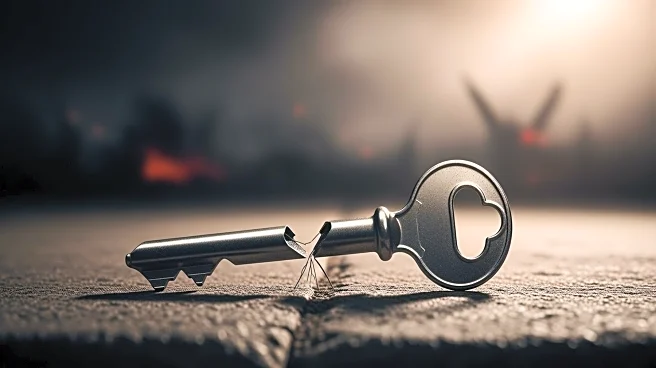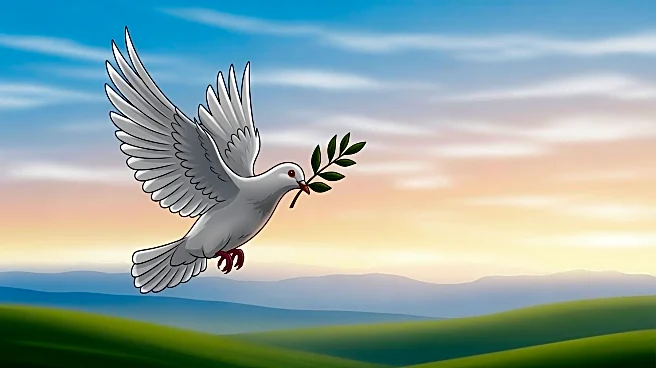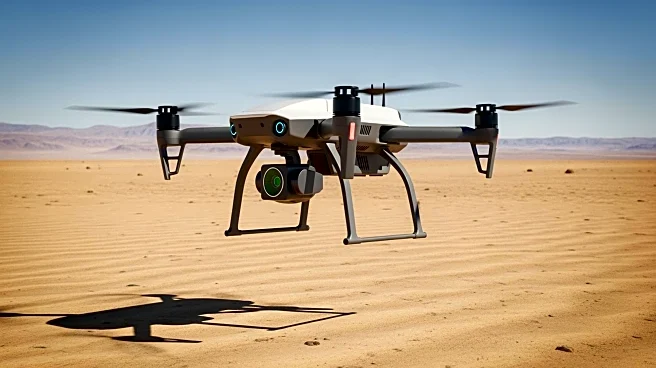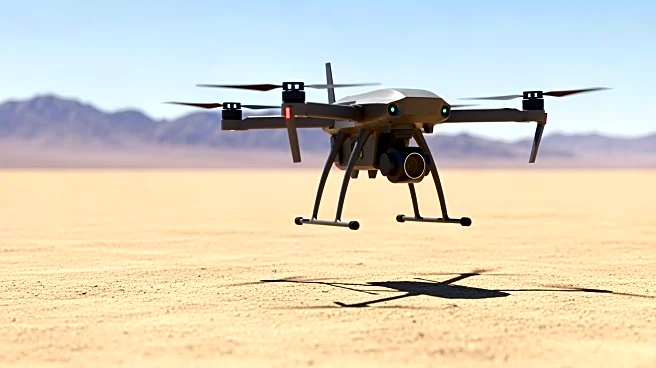What's Happening?
Gali and Ziv Berman, twins from Kibbutz Kfar Aza, have been reunited with their family after being held hostage in Gaza for 738 days. Their mother, Talia Berman, expressed immense relief and joy at their return,
describing everyday moments like having coffee on the balcony as pure happiness. The twins were released from the Sheba Medical Center's returning hostages unit after undergoing medical tests and have moved to a new home in Beit Guvrin. Their reunion included emotional embraces with family and friends, and the hanging of a Maccabi Tel Aviv flag from their balcony, symbolizing their return to normalcy. Their friend Emily Damari, who was also held captive, joined them in celebrating their freedom.
Why It's Important?
The release and reunion of Gali and Ziv Berman highlight the ongoing tensions and humanitarian issues related to hostages in the Israeli-Palestinian conflict. Their return is a significant emotional and psychological relief for their family and community, symbolizing hope and resilience amidst adversity. The event underscores the importance of international efforts to resolve hostage situations and the impact of such experiences on individuals and families. It also reflects the broader geopolitical dynamics in the region, where personal stories of survival and reunion can influence public sentiment and policy discussions.
What's Next?
The Berman family is focused on recovery and reintegration into normal life after the traumatic experience. The twins will continue to receive support from their family and community as they adjust to life post-captivity. Their story may inspire further advocacy and diplomatic efforts to address hostage situations in conflict zones. The emotional and psychological healing process will be ongoing, with potential involvement from mental health professionals to aid in their recovery.
Beyond the Headlines
The reunion of the Berman twins with their family highlights the deep personal impact of geopolitical conflicts. It raises ethical questions about the treatment of hostages and the responsibilities of governments and international organizations in securing their release. The story also reflects cultural dimensions, such as the role of sports and community symbols in providing comfort and a sense of belonging during recovery. Long-term, this event may contribute to discussions on conflict resolution and humanitarian aid strategies.


